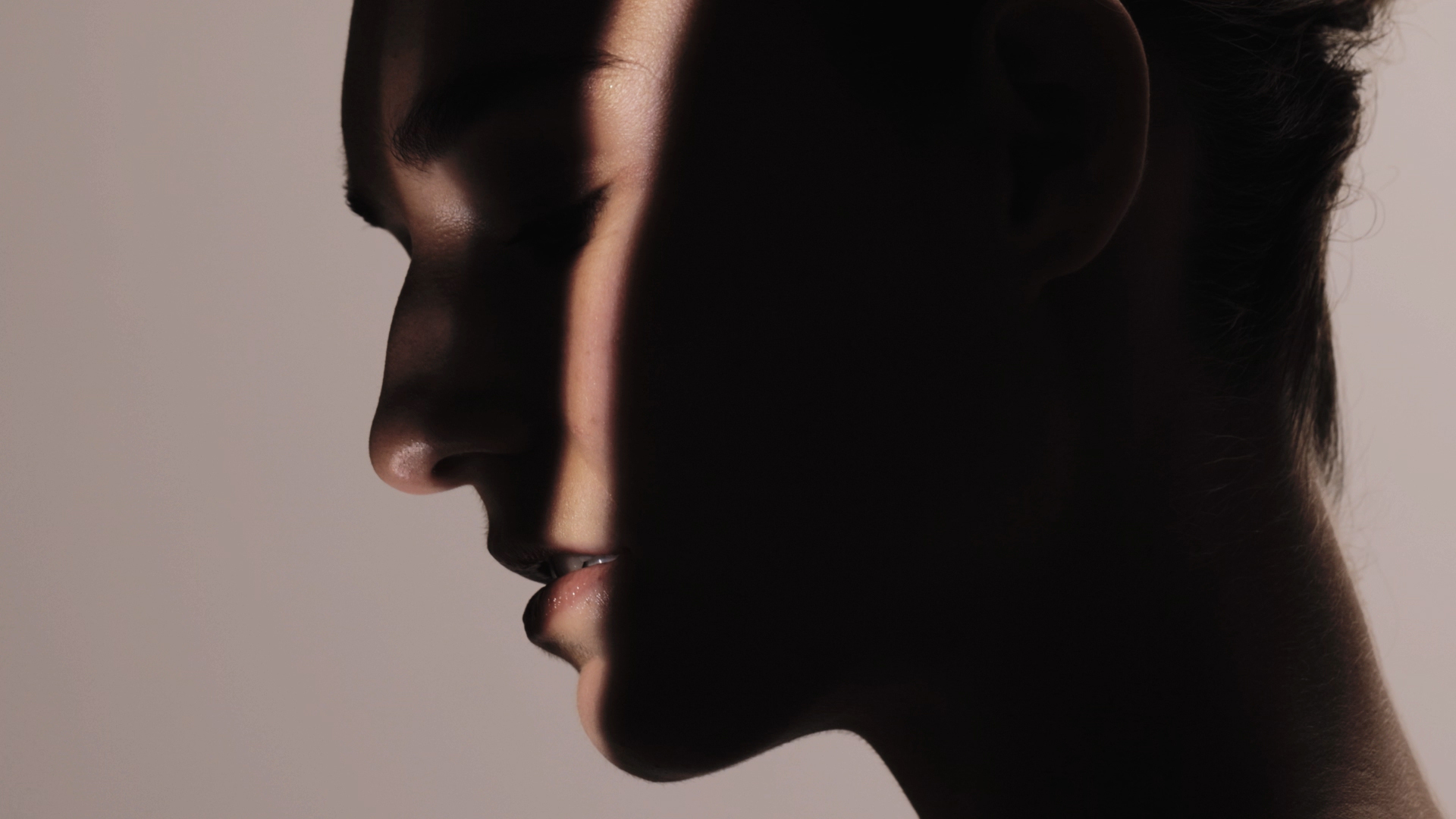Shingles
The main symptoms of shingles are usually clustered blisters and pain. It appears suddenly in a localized area of skin. Herpes Zoster is contagious and should be treated very quickly by the use antiviral drugs (antivirals), since it can only be treated efficiently in the early stages.
Symptoms
In the early stages, shingles often appears as a reddish and pressure-sensitive skin area. Clusters of blisters show up rapidly, and they are increasingly painful. The affected skin area may appear belt-shaped, rounded, or oval. Shingles rarely develop without blisters. It always follows the innervation area of a skin nerve (so-called dermatome). Shingles on multiple parts of the body occur primarily on people with very weak immune systems (medication, cancer or HIV).
In the context of the corona pandemic, especially in connection with the corona vaccination, a significant increase in the occurrence of shingles (also known as Herpes Zoster) can be observed.
Shingles on the skin of the face
Shingles or Herpes Zoster on the face is a special case because occasionally it can also affect the eye. If it is not treated early, it can cause serious damage to the eye. Severe, persistent pain in the originally affected area of skin can result, even after the actual disease has already healed (so-called post-herpetic neuralgia). Therefore, self-testing for shingles is strongly discouraged. Reliable, early detection can only be guaranteed by a specialist and should be done on the first day, if possible.
Causes
The cause of shingles or Herpes Zoster is the varicella-zoster virus. The trigger of chickenpox (wild smallpox). It persists in the spinal cord after the typical childhood infection, and reappears in the form of shingles, mainly during phases of increased stress. Shingles is therefore contagious for those who have not (yet) had chickenpox or those with a weak immune system: Newborns, small children up to 3 years of age, pregnant women who have not had chickenpox, and very old or ill persons.
Shingles or Herpes Zoster usually appears when the body or soul is exposed to severe stress and excessive strain. Shingles is also often seen in people after the corona vaccination, as it puts a lot of strain on the immune system.
Where can shingles occur?
What causes Shingles or Herpes Zoster?
Why do we get Shingles?
What is Herpes Zoster / Shingles?
Is Herpes Zoster / Shingles contagious?
Shingles can appear on any body part, with the face, scalp, and trunk being most affected. Shingles usually occur in clusters of blisters on one part of the body.
Shingles can appear on any body part, with the face, scalp, and trunk being most affected. Shingles usually occur in clusters of blisters on one part of the body.
The cause of shingles is the varicella-zoster virus (VZV). When we first come in touch with VZV in childhood, we get chickenpox (pox). The virus then remains in our spinal cord for our whole life and reappears as shingles when we are exposed to severe physical or psychological stress.
If the immune system, for example, is activated by psychological or physical stress, the varicella-zoster virus can spread along the spinal cord ganglia on the skin, and therefore causing shingles. Shingles often occur, for example, after vaccinations, after bacterial infections, influenza or when there is increased mental stress (mourning, worries or depression).
Herpes zoster is an acute skin condition that appears as clustered vesicles on reddened skin, causing pain or dysesthesias in a single localized skin area. The affected area can be belt-shaped, oval or round and lies in a contiguous area of skin. In some cases, it is accompanied by symptoms such as fever and malaise.
The blisters consist of countless viruses, so yes, the disease is highly contagious. Spreading shingles on one's own body is very rare. Should this nevertheless occur, the cause lies in the not intact top layers of skin: This is the case with eczema patients, after operations, laser therapies or strong peelings. Since almost all people already carry the herpes zoster virus after they have had 'pox' or chickenpox, transmission of shingles to healthy adults is very rare. However, there is a risk of infection in newborns, pregnant women who did not have chickenpox as children, the elderly or those with a weak immune system (immunosuppressed). Extreme care is required in these cases.
Treatment
High-dose viral agents in tablet form are the therapy of choice if the onset of the first symptoms was less than 24-48 hours ago. Even if there is no pain (yet), taking painkillers is a good idea, in order to prevent the risk of the emergence of pain memory with significant pain lasting for an extended period. This is caused by skin lesions (post-herpetic neuralgia). The goal is to almost completely prevent pain during the entire course of the disease. The exclusive administration of antiviral drugs is not sufficient for successful pain reduction! Locally, drying shake mixtures can be helpful.

